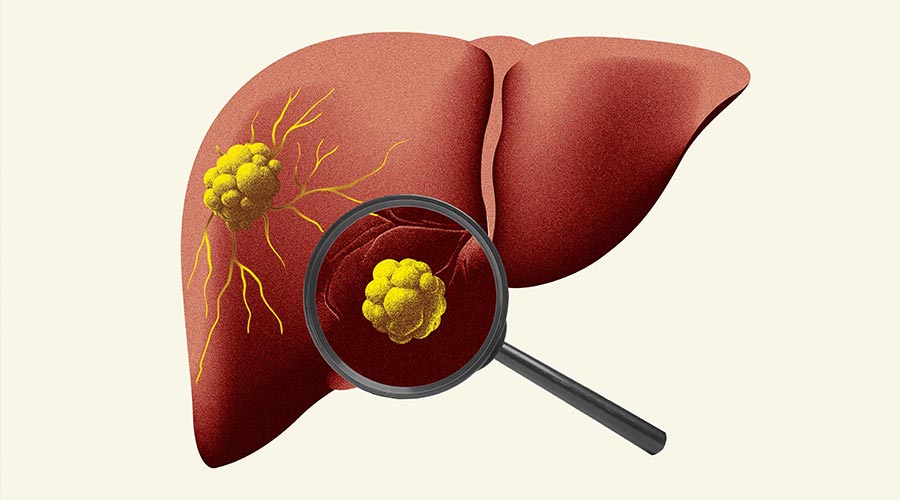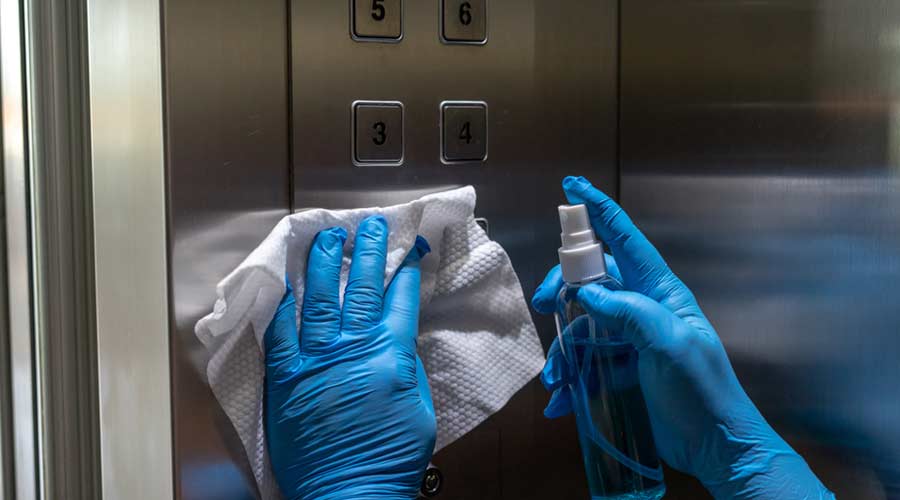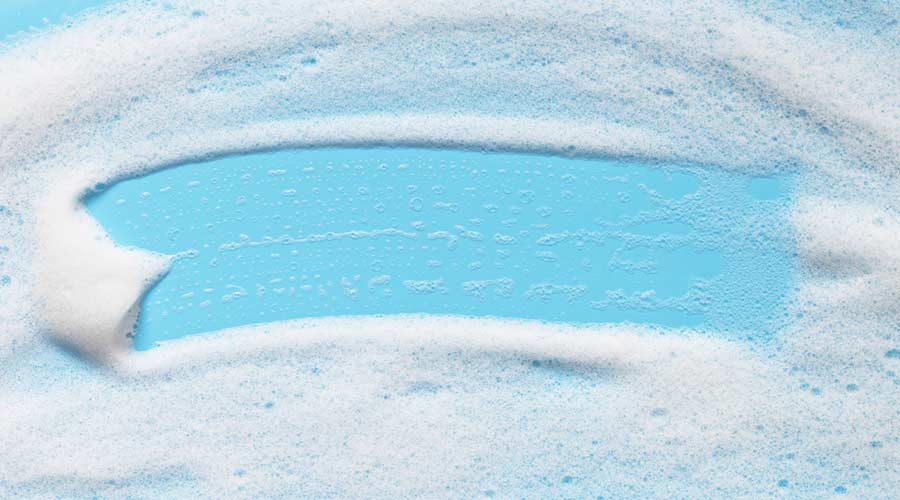
A new study shows a lethal link between a common chemical and dry cleaning. Research published by the Keck School of Medicine, University of Southern California, in Liver International, shows an association between tetrachloroethylene (PCE) and liver fibrosis, as reported by NTD News. PCE, a volatile organic compound (VOC), is a substance found in standard household products and is commonly utilized in manufacturing settings.
According to Tetrachloroethene (PERC) In Indoor and Outdoor Air, PCE is pervasive—it is found within water repellants, paint removers, glues, and more. Not only is it accessible for the average consumer, but it is also widely utilized in laundering and industrial facilities. Yet, continuous exposure through the air and in drinking water resulted in the International Agency for Research on Cancer (IARC) naming PCE a potential toxin.
In articles published by EurekAlert and Medical News Today, the recent report determined PCE exposure triples the risk of liver fibrosis. Despite its identification as a possible carcinogen, this recent report reveals that environmental factors should be considered in PCE mitigation.
In 2024, after growing concern about the undue hazards associated with this chemical, the Environmental Protection Agency (EPA) implemented a final ruling to limit its risks. As a result, a workplace chemical protection program (WCPP) was implemented and future PCE usage is to be eliminated gradually by March 8, 2027. This ruling was revisited in July 2025, but to date it has not been revised or repealed.
Overall, the study shows a correlation of PCE levels within blood and its impact on the liver.

 The Down and Dirty on Cleaning in Virus Season
The Down and Dirty on Cleaning in Virus Season How Surfactant Use is Expanding in Commercial Cleaning
How Surfactant Use is Expanding in Commercial Cleaning